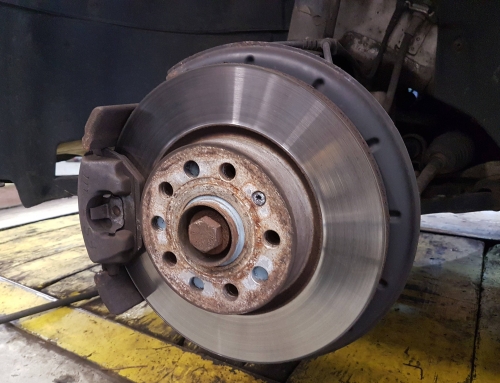Contents
Understanding Automotive Air Conditioning Systems
Air conditioning is a staple feature in modern vehicles, yet its inner workings remain a mystery to many. This article delves into the mechanics behind car air conditioning systems, explaining their components and operational processes.
How Does Car Air Conditioning Work?
Contrary to common belief, car air conditioning systems do not generate cool air. Instead, they remove heat and moisture from the cabin air, cooling and conditioning it for comfort.
Components of an AC System
An automotive AC system comprises several key components:
Compressor
This vital component, driven by the vehicle’s engine via a serpentine belt, compresses the refrigerant (commonly R-134a) into a high-pressure liquid form.
Condenser
Acting like a radiator, the condenser dissipates heat from the compressed refrigerant into the outside air, causing it to condense into a liquid state.
Evaporator
Located inside the vehicle, the evaporator allows the now-cooled refrigerant to expand into a gas, absorbing heat from the cabin air.
Orifice Tube or Expansion Valve
Refrigerant flow is regulated into the evaporator, transitioning it from a high-pressure liquid to a low-pressure mist.
Accumulator or Receiver-Drier
Positioned before the compressor, these devices remove moisture from the refrigerant, ensuring its effectiveness and longevity.
Operational Cycle
The AC system begins with the compressor pressurizing the refrigerant, which then moves through the condenser to dissipate heat. The chilled liquid flows through either the expansion valve or orifice tube, entering the evaporator as a mist under low pressure. Here, it absorbs heat from the cabin air, blowing cooler air into the vehicle. The cycle repeats continuously while the AC is in operation.
Types of AC Systems
Automotive air conditioning systems generally fall into two categories:
Orifice Tube and Accumulator System
Utilizes an orifice tube to regulate refrigerant flow before the evaporator and an accumulator to remove moisture before it returns to the compressor.
Expansion Valve and Receiver-Drier System
This system features an expansion valve that performs a function similar to the orifice tube but is located before the evaporator. A receiver-drier is employed to absorb moisture on the high-pressure side of the system.
Conclusion
Knowing how the air conditioning system in your car works enhances your appreciation of modern vehicle technology and empowers you to maintain and troubleshoot these systems effectively. By grasping the roles of components like compressors, condensers, and evaporators, drivers can ensure optimal comfort and performance from their AC systems year-round. Whether driving through sweltering summers or navigating humid climates, a well-maintained AC system is essential for a comfortable journey.






